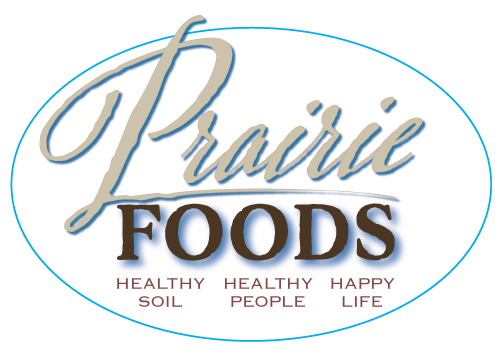Reclaiming the Value of Food
posted on
July 11, 2025

We live in a world where speed and convenience are everything. Americans eat something like 30% of their food in the car. Meals are often a second thought—something to grab quickly, not something to savor.
For many, food is viewed as a necessary expense, not a priority. We dream of the next vacation, a new truck, or a barn upgrade. We work extra hours and save for those things. But who wakes up dreaming about buying food? Most of us buy it because we’re hungry—and we spend as little as possible doing it.
This mindset is hard to shake. Our culture has trained us to minimize the value of food. Even those of us sourcing food directly often only start doing so because of a health crisis. At that point, food takes on a new meaning—it becomes something we need for healing, not just fuel. It gets easier to justify the extra time and money, but still feels unnatural in a world that tells us food should be fast, cheap, and easy.
But here’s the thing: I don’t think the blame lies solely with the government, corporations, or the pharmaceutical industry—though they’ve certainly played their roles. I believe the root issue is consumer demand. We, the people, asked for food that was inexpensive, convenient, and "safe." And like any responsive industry, the food system gave us exactly that.
The System We Created
In the early 1900s, as industrial food production scaled up, serious food safety problems emerged. People were getting sick—and dying—from unsanitary practices in large processing facilities. So regulations were put in place, not because farmers demanded it, but because consumers demanded safe food without the hassle of sourcing it themselves.
It was a win for the government, too. By taking responsibility for food safety, they gained control over the food dollar. And as factory farms emerged, no one asked questions—because the food was cheap and the government said it was safe.
People were happy. They had more time and money for the things they really wanted. And most of us grew up in that world—where food came from the store, not the farmer down the road.
Why It’s Failing Now
Today, the story has shifted. Many of the chemicals, technologies, and farming methods now used in the food system didn’t exist when those regulations were first written. GMOs, herbicides, antibiotics, additives—all were approved in the name of safety, but with little long-term understanding of how they’d affect our bodies or the soil.
Now, people are waking up—not because they want to, but because they have to. Health problems are forcing many to reevaluate their food choices. But the root problem remains: as a culture, we still don’t value food enough to prioritize it.
So here’s the question:
If we wear out our bodies eating cheap, fast, convenient food… where are we going to live?
The Real Power of Change
The solution isn’t to rage against the system or wait for government reform. The real power lies in what we choose to buy. If we stop giving our money to companies and industries that produce low-quality food, they will disappear. It’s that simple.
Rather than getting angry, let’s get to work. Even if it’s inconvenient. Even if it costs more. Even if we’re tired, busy, or unsure. We can start small, buying from a local farmer. That one decision, repeated by enough people, changes everything.
If more families chose to source their food locally and directly:
-
Small farms would multiply across the country.
-
More children would grow up with memories of farm life.
-
Factory farms and unsafe food would fade into history.
It’s not that we can’t grow enough food this way—we can. But it requires us to slow down. To think. To plan meals. To cook. To re-learn habits we’ve forgotten.
You Can’t Fix the Whole System—But You Can Fix Your Plate
You may not be able to change the global food industry. But you can change how you eat. And that choice is powerful.
Let’s stop waiting for someone else to fix things. Let’s stop expecting the cheapest, fastest food to also be the safest and most nourishing. Let’s value food again—for the sake of our bodies, our families, and our farms.
Because in the end, the real dream isn’t the new truck or the next vacation.
The real dream is building a life—and a food system—that can last.




